Intro
Also called the Skogsruss and the Russ, the Gotland Pony is an ancient breed that is native to the Gotland island of Sweden. In fact, prior to the 1950’s Baltic and Gotlands were the only ponies bred in Sweden.
Read more
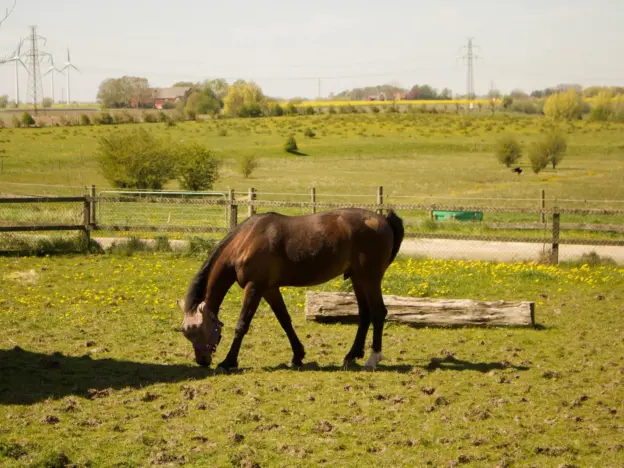
Also called the Skogsruss and the Russ, the Gotland Pony is an ancient breed that is native to the Gotland island of Sweden. In fact, prior to the 1950’s Baltic and Gotlands were the only ponies bred in Sweden.
Read more
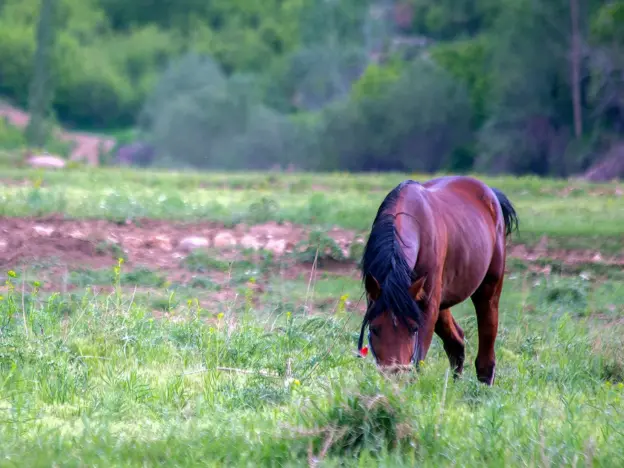
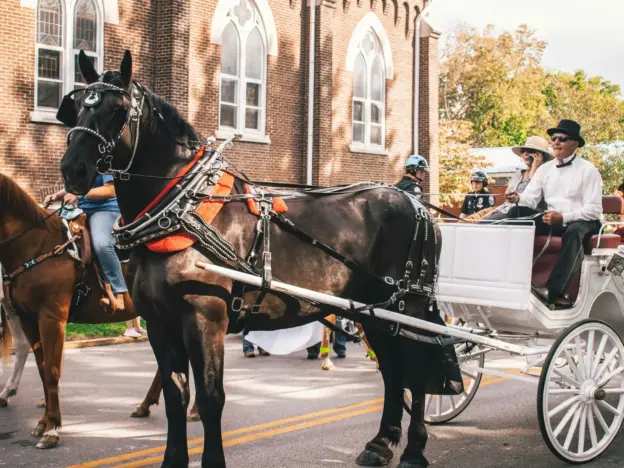
The Georgian Grande is a relatively new breed and one native to North America. Emerging during the 1970’s in response to a need for bringing back larger, heavier breed of Saddlebreds.
Read more
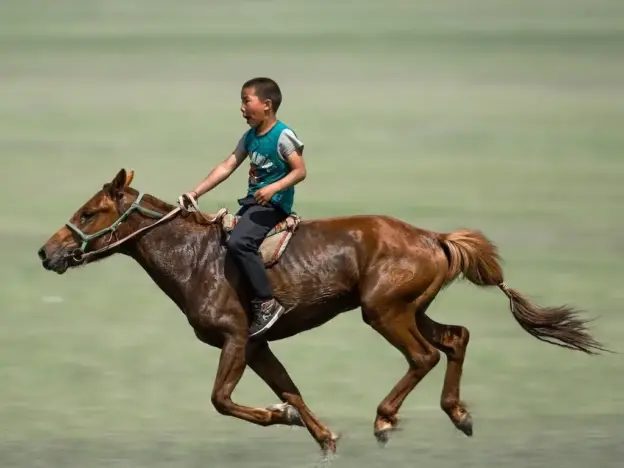
Also called Steppe Mongolian, the Galshar is a Mongolian breed that has a rather distinct conformation among the Mongolian types and bred specifically for racing.
Read more
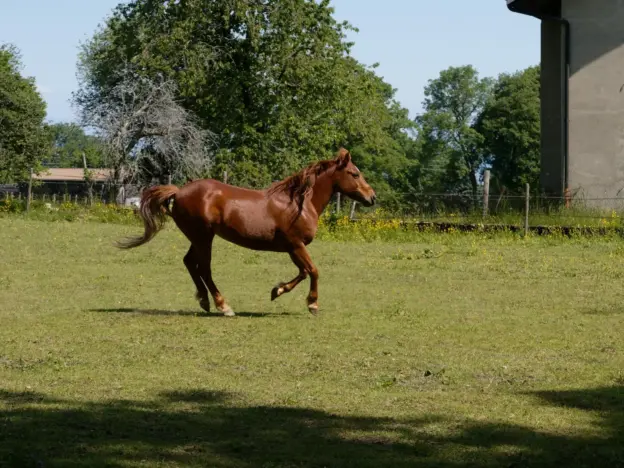
The Poney français de selle, Saddlebred Pony or French Saddle Pony is a relatively new breed, created as a high quality riding pony for children that excelled in equine sporting games in 1969.
Read more
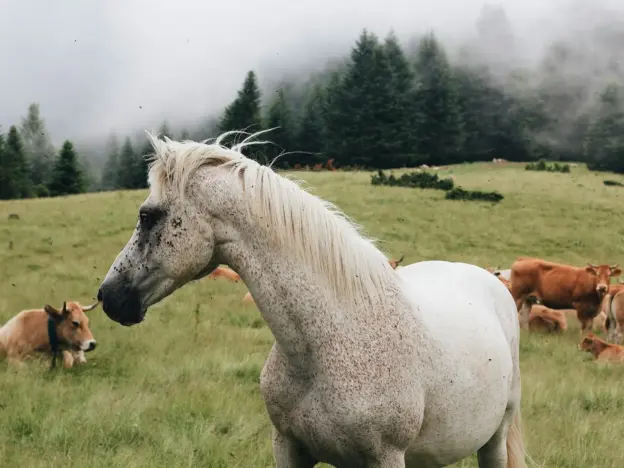
The Anglo-Arab is a carefully controlled cross between Arabian and Thoroughbred bloodlines, bred in many different countries worldwide. The French, however have become particularly adept at crossing these two breeds to the point that French animals are almost considered their own distinct breed.
Read more

Similar to the cattle with the same name, Florida Cracker Horses owe their genetics to Spanish stock brought to florida in the 16th century. The Spanish left livestock in the new world to make room for the loot they wanted to take home. Today the breed is also called Chicksaw Pony, Seminole Pony, Marsh Tackie, Prairie Pony, Florida Horse, Florida Cow Pony and Grass Gut.
Read more
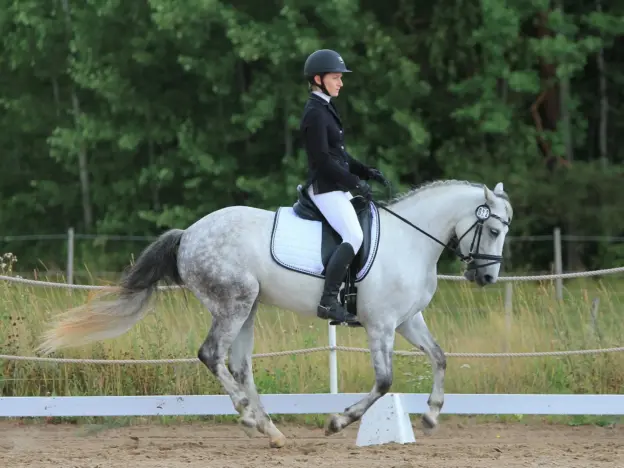
Also called Suomalainen puoliverihevonen, the Finnish Warmblood breeding association was founded in 1926 with the intention of breeding a warmblooded riding horse that could be used for both sport and military service. The goal was an elegant, modern horse with good balance, athletic movement and solid character.
Read more
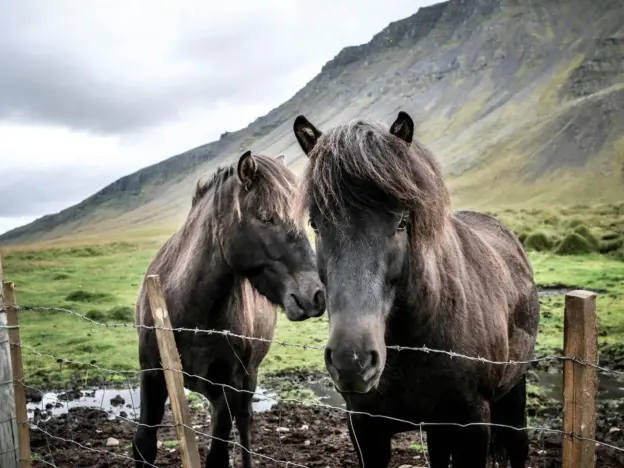
The bloodlines of the ponies on the Faroe islands are one of the oldest and purest equine breeds on the planet and they have not been influenced by outside blood. Also called Faeroes Pony and Faroe Island Horse, The only other breed comparable in age and purity is the Icelandic Horse (they also share an ambling gait).
Read more

Named for the family that developed the breed mid-19th century, the Falabella is a rather unique little animal. It is not a natural breed, but rather comes solely from selective breeding.
Read more